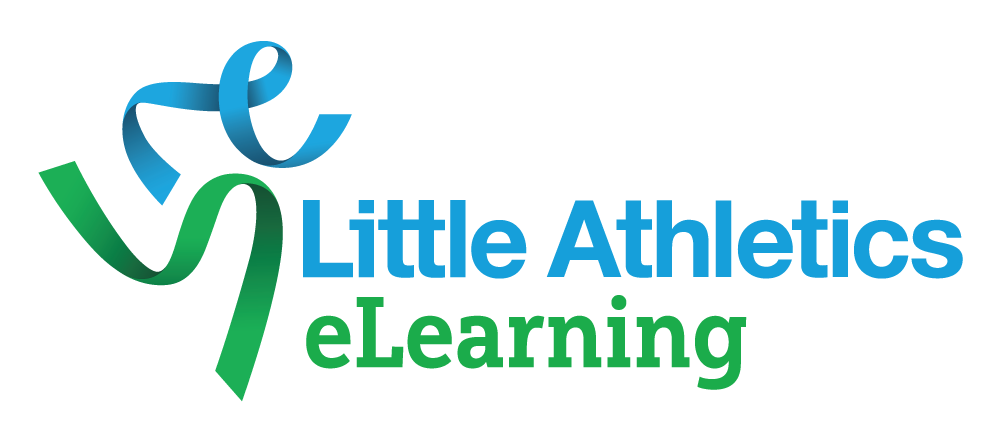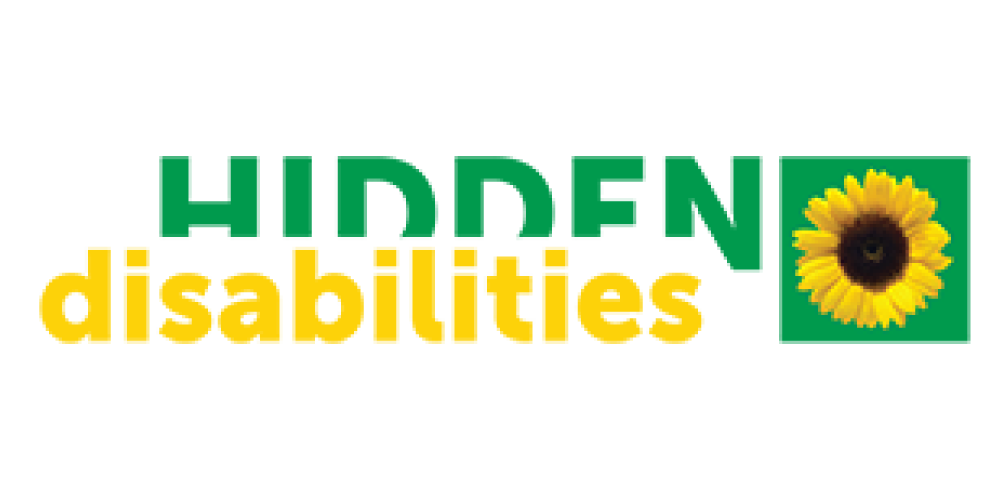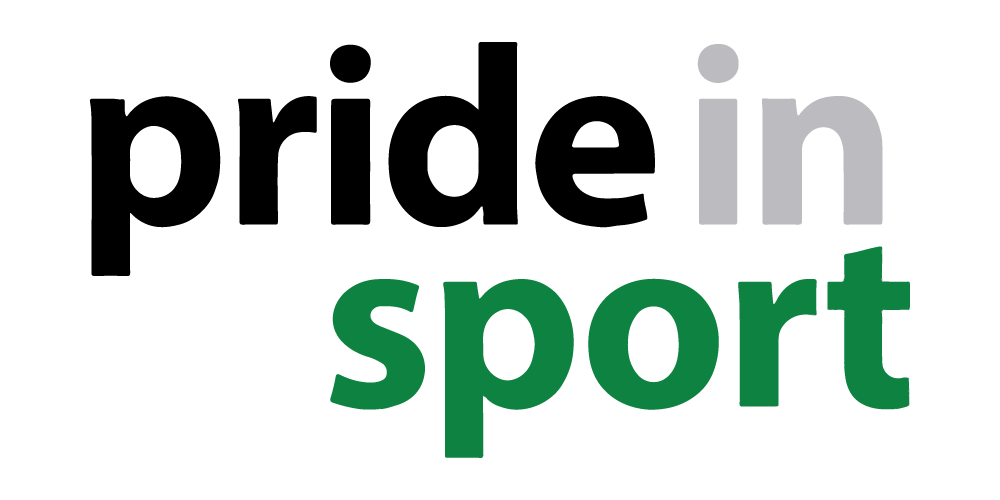Sensory
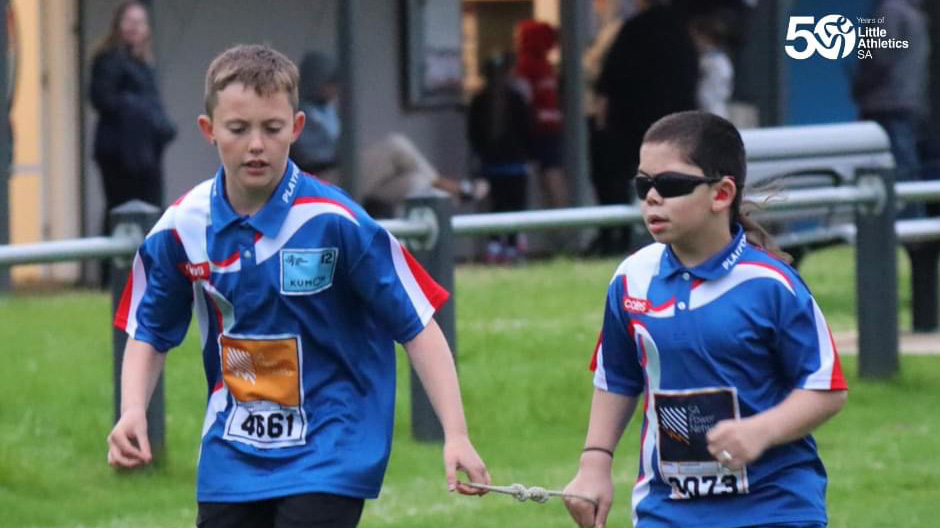
What are Sensory Changes?
Athletes with changes to vision, hearing and touch.
Vision impairment is a loss of vision that cannot be corrected with glasses. It ranges from low vision to blindness.
Deaf and hard of hearing means that the athlete is not able to hear as well as someone with typical hearing. Hearing loss can be mild, moderate, severe or profound.
Reduced or no sensation is when the person has reduced or loss of sensation to touch. This is sometimes called numbness. When someone has loss of sensation, they may not know when they have hurt themselves as they can’t feel it. If the reduced sensation is in the legs, the athlete may have challenges with balance and coordination.
Sensory processing is how the body takes in sensations, organises the information from the senses and uses this information to respond.

How to support athletes with hearing and vision and sensory changes using the TREE framework.
T – Teaching/coaching style
R – Rules and regulations at the Centre
E – Environment
E – Equipment
Teaching/Coaching Style
How the volunteer, parent or coach organises the events, encourages skill development and communicates information to athletes.
- Ask the athlete for the best way for you to communicate with them.
- Use all your communication skills. See our communication essentials for key tips.
- For athletes with hearing impairment, use a tap on the shoulder or wave to gain attention before beginning instructions.
- Use visuals with verbal instructions for easier understanding.
- Demonstrate techniques using body movement.
- You or another athlete can demonstrate.
- For athletes with vision impairment describe what you are going to do before providing any physical instruction.
- For athletes with reduced sensation or loss of sensation such as in the legs, encourage the athlete to check their skin after events involving sand.
Teaching/Coaching for Athletes with Vision Impairment
- A guide or caller can be used to guide athletes so they can compete safely and fairly.
- Ask the athlete if they need this and what is their chosen method. Beginner athletes will need to try out different methods until they find the one most suitable to them.
- Anyone chosen by the athlete can act as a guide.
Tips for guides
- Trust is key.
- Start slowly when you first begin guiding to be familiar with the athlete.
- Be alert. The role of the guide is to support the athlete to attend the whole meet not just the event/s.
- Ask the athlete which side they want you on.
- Use the athlete’s other arm as a visual guide to keep in step for running events. You should be in sync with both arm and leg movements (as in a three-legged race – but attached at the hands).
- Use verbal cues during a race with simple, quick words.
- How far to the end – 50 m, 20 m, 10 m.
- Directional guidance – straight, veer left, veer right.
- You may assist the athlete to familiarize themselves with the area.
- Detailed descriptions.
- Physically move through the area to feel objects and gauge distances.
Run + verbal cues only
- The athlete will use the guides simple verbal cues to compete.
Run + Elbow lead
- The athlete cannot be pulled or pushed.
- The athlete and guide stay closer than 0.5m apart.
- The athlete is allocated 2 lanes (one each for the athlete and guide).
- The athlete will decide if the tether needs to be tight or loose. Start with the tether being long enough for arm movement and short enough to be responsive to changes in direction.
- Loop through fingers not around wrist for safety in case anyone falls over.
Run + Rigid Hand-held Tether
- The athlete cannot be pulled or pushed.
- The athlete and guide stay closer than 0.5m apart.
- The athlete is allocated 2 lanes (one each for the athlete and guide).
Long Jump + Caller
- The athlete can have a caller to guide them down the runway.
- Caller stands either beside the takeoff point or beyond athlete’s landing point in the pit.
- Athlete faces the pit for run up.
- Athlete places both hands together and point to the direction of the pit. If incorrect, the caller asks the athlete to point to the left or right.
- Athletes may be helped with a guide who directs them to the middle of the runway.
- If at any stage it appears the athlete will miss the pit, the caller must call “abort” and the athlete re-starts the attempt.
- There is no one rule about how to guide down the runway.
- Shouting
- Use a “number system” (based on track lane numbers).
- Assume the athlete is in lane 4 when running straight in the middle of the lane. The caller repeats the word “four”.
- If the athlete moves to the right of the Centre, the caller shouts out “3”
- If the athlete moves to the left of the Centre, the caller shouts “5”.
- The caller shouts “5” or “3” until the athlete has moved to the Centre, and then calls “4”.
- Counting
- Caller stands behind the middle of the pit.
- Caller count strides and athlete jumps when counting stops or when reach pre-determined number.
- Clapping
- Caller stands behind the middle of the pit.
- Caller claps from behind the pit to guide the direction.
- Shouting
High Jump + Caller
- The athlete can have a caller to guide their approach and timing of the jump.
- Allow the athlete to touch the bar before the jump so they know how high it is.
- Hang a bright ribbon over the bar.
- Beginners can practice without a cross bar, then with a flexible bar until they are confident in their jump.
- There is no one rule about how to guide in high jump.
- Clapping
- Caller positions themself in front of the jump bar and mat (caller steps back before the jump so they do not get in the way).
- Hands clap at the position and height that the athlete will cross the bar.
- Clap to guide the direction.
- Clapping
Throws + Caller
- Be aware of safety of spectators.
- Consider visual support to the field.
- Paint, chalk, powder, cones or flags to help orientate the throw.
- Offer the implement or place it in their hand.
- Caller or guide can take the athlete into and then out of the circle or runway.
- Caller will let the athlete know when the throwing area is clear.
- Caller may use shouting or clapping from the field to orientate the athlete during the throw.
- In the learning stages the athlete can use alternative equipment.
- Bean bags or softballs (shot puts)
- Hoops (discus)
- Turbojavs (javelin).
Rules and Regulations at the Centre
Can be modified at the Centre so athletes can participate. Please note that specific rules may apply to higher level competition.
- You can modify the event.
- You can modify for safety when using equipment or a guide.
- 2 lanes for athletes using a guide.
- You can modify how a race is started
- Athletes with vision impairment need a start signal they can hear.
- They may also use a guide or auditory devices such as a Bluetooth speaker, using clapping or calling, or a megaphone.
- Athletes with hearing impairment need a signal they can see or feel.
- A visual signal (a signal they can see) is preferred so the athlete maintains their autonomy. A visual signal is when you use a hand or flag and say “get set” while you raise your hand and “go” as you lower your hand.
- Athletes with sensitivity to noise, which might be someone with Autism for example, also need a signal they can see.
- Athletes with vision impairment need a start signal they can hear.
- Depending on the classification for higher level competition, athletes may need to follow specific rules.
- Athletes with hearing impairment will need to take out their hearing aids.
- Athletes with vision impairment may wear an eye covering.
- Athletes with hearing impairment will need to take out their hearing aids.
- Guides are used differently.
Environment
Changes you can make to the physical space to be inclusive.
To provide a space that everyone can access and use, it is important that the parking lot, entry to field, field, track, viewing area, and amenities can be used by everyone.
- Keep the environment organised and store equipment in the same place each time.
- Think about lane allocations
- Sometimes the inside lane has a lip on the track which can be a tripping hazard.
- The outside lane has a gentler curve which is helpful if using equipment or the athlete has a guide.
- Blind athlete and guide are allocated 2 lanes.
- Use bright markers or ribbons to show
- Take off areas.
- Jump bar.
- Throwing line.
- Path to run in.
Equipment
Modify athletics equipment or use disability related Assistive Technology so the athlete can participate. We have more information on Assistive Technology suppliers.
- Earmuffs can support athletes who are sensitive to noise.
- Use the equipment in a modified athletics kit which has sound, bright colours and/or lights.
- Starter light app can be investigated for Centre level competition or set up a consistent process for touch starts. For higher level competitions, please support the athlete to contact the organisers ahead of time to discuss what will happen on the day.
- Canes and guide dogs can be used by visually impaired athletes to move around the Centre.
Sources
KDDI “starter-app for hearing impaired athletes” android only http://news.kddi.com/kddi/corporate/english/newsrelease/2016/03/28/besshi1826.html
TREE framework developed by the Australian Sports Commission
